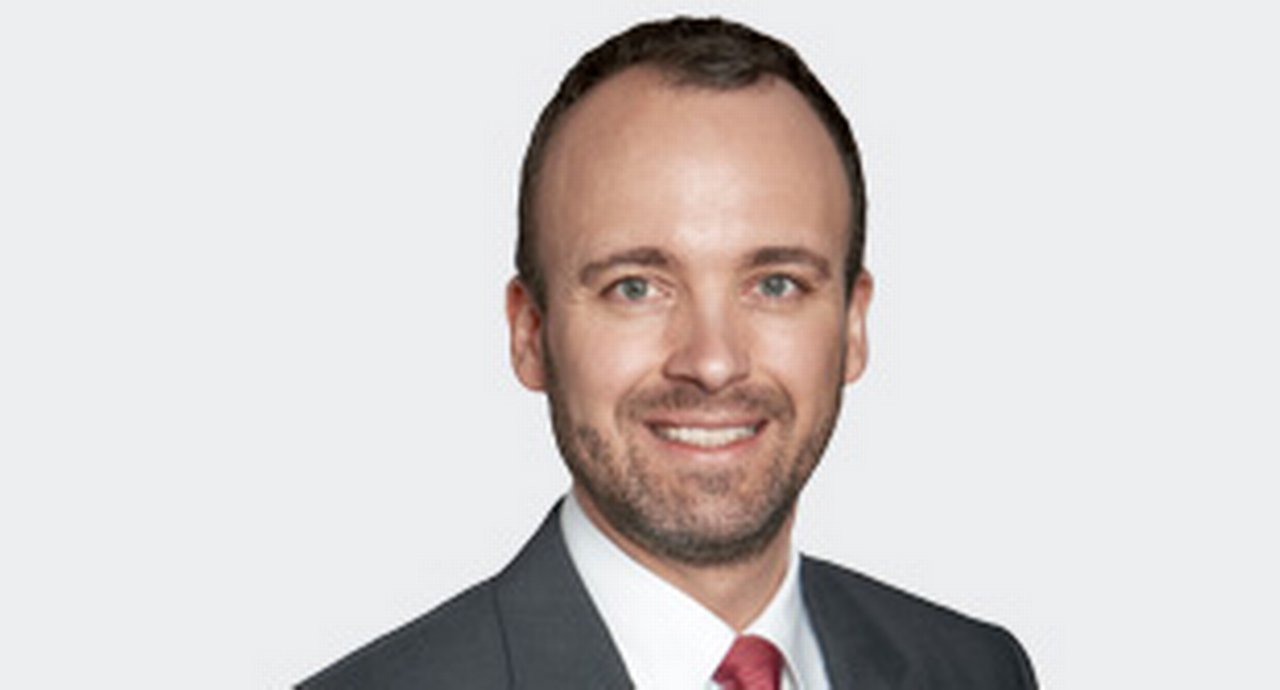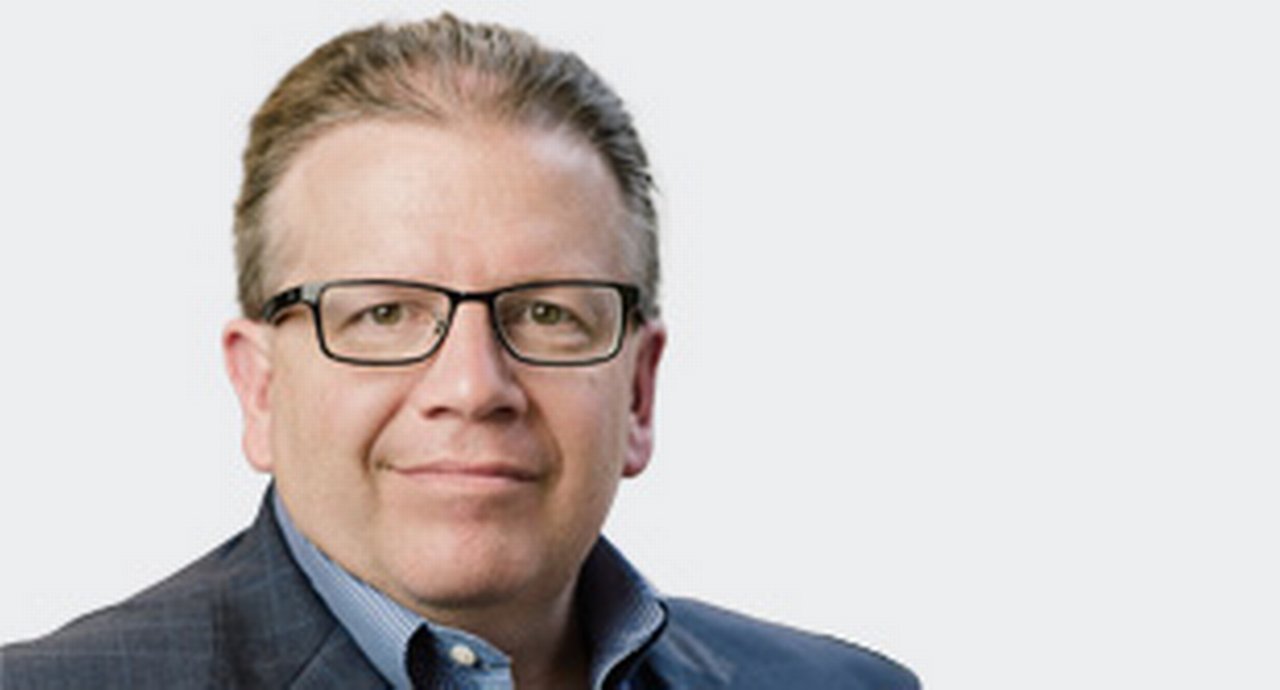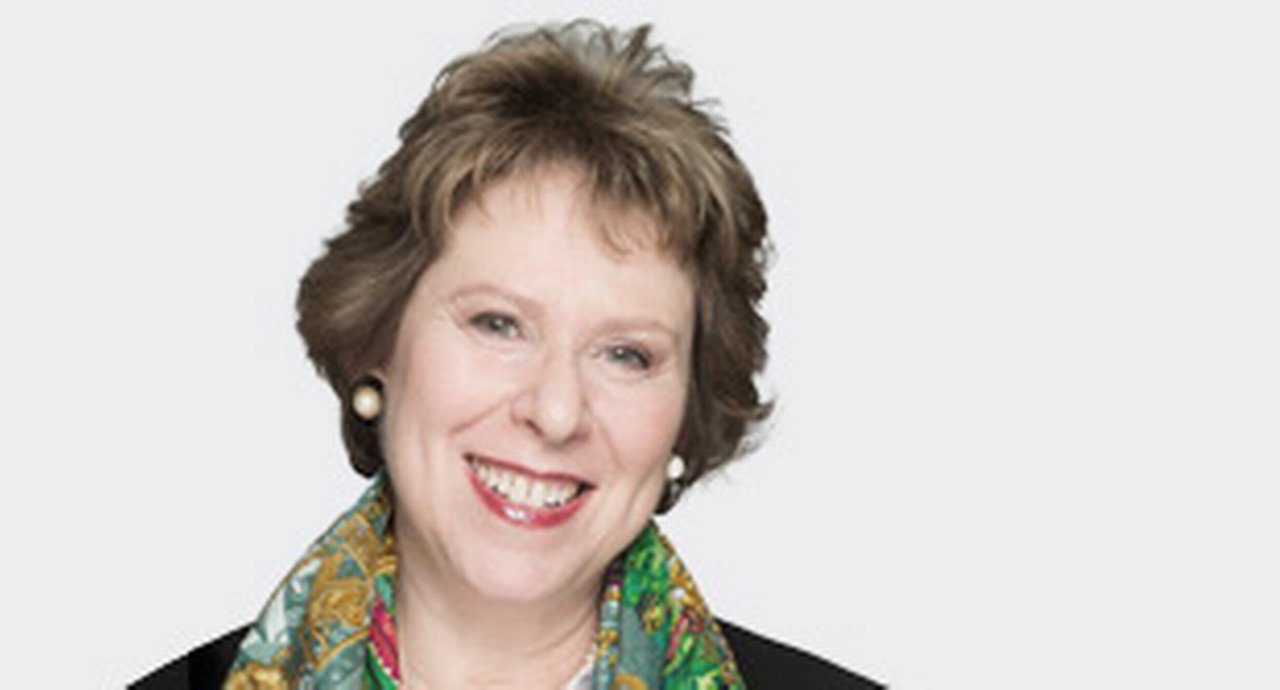13 June 2023
What do corporate treasurers want from their banks? Apart from the obvious of everything working on time every time, and a trusted partner in good times and tough – the relationship needs to be dynamic and enterprise-wide. Treasury consultant Kate Pohl hosts a flow discussion to find out more
MINUTES min read
What treasurers want from their banks
- Terrific customer interfaces
- Global footprint and reach
- One-stop shopping: also supported by third parties
- Multibank connectivity
- A culture of innovation
- Cutting-edge technology
- A trusted adviser relationship
- Balance sheet support
Relationships
Kate Pohl: There is a saying, “you never get a second chance to make a first impression.” How does this apply to the way a bank interfaces with a corporate?
Craig Jeffery: A corollary to that saying is, “It can take decades to build a relationship and seconds to lose it!” A relationship is about the whole corporate entity interacting with the entire bank, not just individual representatives. Overall cooperation is key, including the credit relationship, as well as providing good and sound advice. This will – or should – outlast any one person.
Christof Hofmann: Yes, the total relationship is important. It is a partnership based on trust over a long period of time, often decades, especially when you look at cash management. Collaboration at multiple levels is necessary to jointly innovate, while technical connectivity to the corporate treasury - in a modern and possibly multibank fashion - is equally important.
Maria de la Fuente: The key for Iberdrola is quite straightforward. The interface should never fail! Once it is implemented, we shouldn’t even have to discuss it. Payments are time sensitive, with defined cut-off times, and indeed those need to be met, each and every time.
Patrick Kunz: It doesn’t matter so much how I technically receive needed information, but as Maria said, it needs to be on time and accurate. We are moving towards real-time payments and information which some treasuries already want today. The key is for financial institutions to deliver this data in a format that can be consumed easily, possibly through a bank portal or a treasury management system, etc.
Kate Pohl: What about the corporate treasury that wants to “see” a high level of innovation and digitalisation from their bank even if they are not quite ready for it?
Christof Hofmann: Things have clearly changed over the last few years. Relationships today are much less transactional (just payments or FX only) and much more strategic, especially in the area of cash management. Clients are looking to partners for end-to-end solutions. They want to solve challenges using the latest technology. In particular in request for proposals (RFPs). clients ask consistently for sophisticated and advanced solutions such as particular application programming interfaces (APIs) or FX workflow solutions. This is the case even if the company itself may not be fully ready to use them today. That makes sense, as winning an RFP means working together for many years to come.
Reach and capabilities
Kate Pohl: How important is global reach – in other words the global footprint?
Craig Jeffery: A single global FI would make it easy to get things “up and running”. However, once a company reaches a certain size, it needs multiple partners worldwide for different solutions. If you optimise for efficiency, you may not have enough diversification, and if you emphasise diversification, you can have too high a level of fragmentation. Size does matter here. If a company is very small, then it makes sense to have just a few partners. Excellent services, provision of liquidity, and good ideas are all important. Large companies typically have enough needs to “feed” a variety of banks. While the default is to deal with fewer FIs, finding the right mix and balance is paramount.
“Treasury usually chooses one provider per region based on geography, their capabilities, and relationship”
Christof Hofmann: Payments are a “multi-local” business, therefore global reach is very helpful e.g., for companies in Europe moving into new markets in Asia or Asian headquartered enterprises moving to Europe. We can give clients our global expertise to support their growth and diversification while maintaining one key contact person for the entire relationship. However, this does not mean that large MNCs should or do have only one single bank. They want to diversify their risk, ensure flexibility through different partners, and leverage the best solutions they can.
Patrick Kunz: I would love a bank to be present in every country where I do business, because it would make things so easy… and of course my provider would be very pleased as well. This is especially true for treasuries that are very global with payments and receipts all over the world. But that is a utopia that does not really exist. And as both Craig and Christof noted, too much concentration with one bank for an MNC is also a risk. In the end, treasury usually chooses one provider per region based on geography, their capabilities, and relationship. The next question is how to connect these banks to centralise the cash positions.
Kate Pohl: Does a corporate really expect their bank to do everything, or rather facilitate and find the right solution? How realistic is the one-stop shop?
Maria de la Fuente: We know that multiple banks and different types of FIs are necessary. Iberdrola is very international, so when we work with a global bank, we are looking for them to coordinate and open the door to the entire scope and multiplicity of their institution. Having said this, we realise there can be a need for regional or local banks as well, especially when we are entering a new country and need specific advice on regulations, laws, cultural differences etc. However, if our global provider can do it all, then we are very lucky to have such a good and skilled “traveling companion” for our journey! International FIs usually offer standardised products, services, and processes such as KYC, so working with a global bank in multiple locations can make everything much easier.
Christof Hofmann: Well... “everything” a big word! Offering excellent products and services is, of course, important, but competing based on product alone is no longer viable. It is not only about FX, but about automating the FX processes within the workflows of a company. Corporates are looking for help regarding solutions to problems such as reconciliation, challenges in cash flow forecasting, opportunities in building a marketplace or possibly creating a financial service offering for their own customers. Building value-added propositions for clients to realis e efficiencies and drive innovation is vital. This also reflects the fact that the role of the treasurer and the cash manager has expanded over the past few years.
“Cooperation and collaboration are not merely an option; they are the way forward!”
But the bank is not a one-stop shop for everything. There will always be room for technology providers, integrators, and, for example, TMS offerings. However, multiple partners increase the complexity and risk for organisations. Creating integrated end-to-end solutions that include partners is something that Deutsche Bank is doing to help clients. This also brings up the topic of multi-bank capabilities which our customers rightfully want to explore. So, whenever possible, we try to offer multi-bank solutions and keep things open. Many clients want to drive innovation by building upon existing platforms. In this way, enterprises can use services that banks, as well as others, can provide. Finally, however, it is important to differentiate. Some corporations are very happy to work with the products and services (including technology) that their bank offers.
Craig Jeffery: Companies also expect their FIs to vet different providers to bring needed solutions to their customers. The latter creates significant value in addition to both credit access and the trust already established within the relationship. This does not mean, however, that large corporations always see their banks as the most innovative players. Companies often feel that FIs tend to be more stable, while fintechs can develop cutting-edge products more rapidly. The bank’s commitment that services will run smoothly and continue to be available, as Maria discussed, is vital and valued. In the end, clients do expect their banks to provide some of that one-stop shopping. They look for good tech and stability combined with an open architecture as well as multibank capabilities – and all of this without friction.
Cooperation
Kate Pohl: Is collaboration and cooperation between a bank and a start-up, scale-up or fintech really possible?
Craig Jeffery: I think that cooperation and collaboration are not merely an option; they are the way forward! Some banks are innovating directly, but there are far more start-ups and fintechs coming up with new solutions that need to be integrated. The question is how to work together and in what ecosystem. Fintechs can scale through leveraging the trust of banks, and FIs can consolidate these solutions while providing stability and capital.
Christof Hofmann: This is already happening. We have relationships with fintechs, partners and vendors who complement our services and may even be clients and/or competitors, all at the same time. This works very well and demonstrates that cooperation and collaboration is no longer a question, it is a given. It is the way to drive innovation and offer comprehensive services for our clients, who in turn expect it! Sometimes our customers even select a specific fintech asking us to cooperate with them to ensure a seamless integration and working relationship.
Kate Pohl: What are the key product areas that a corporate client expects of their house, or primary bank? For example, instant payments…
Craig Jeffery: Does everyone want instant payments? The answer is no. Are payments slowing down, or does anyone want slower payments? Absolutely not! Our research shows that companies are willing to move business away from a key credit bank if they are not keeping up in the payments space. This is considered an essential area for innovation by corporates. Real-time or “just-in-time” treasury – i.e., getting information when it is needed – is vital to support corporate decision making.
“The trend is moving towards providing greater transparency and speed”
Christof Hofmann: Real-time payments are not the same as real-time treasury. Real-time treasury is about so much more! As Craig noted, it is about having access to information when you need it, for example through APIs. It is about extending cut-off times and moving away from a total reliance on end-of-day statements. It is about having the right information, including balances and account credits, at the right time to make proper cash and treasury management decisions for an organisation. Real-time payments, on the other hand, can certainly be a part of this equation. The trend is moving towards providing greater transparency and speed. However, there are many B2B corporations who don’t really care if a payment is made in three seconds or 15 minutes. The real-time element is only relevant in certain use cases. For example, an insurance company who has a client on the phone that needs a pay-out right away. Here, the customer experience is enhanced using real-time or instant payments.
Standardisation
Kate Pohl: And what about standardisation– will ISO20022 make all the difference?
Patrick Kunz: It would certainly be great to have one single standard everywhere in the world. I think that treasurers need to push for this, however, it will also be up to the banks to adopt such a standard! This will help support the creation of a truly automated, and, over time, real-time treasury. If this becomes a reality, then finance professionals can set up one format in their TMS or ERP to interface with any bank! Of course, there will always be some anomalies in various geographies due, for example, to regulatory requirements, but we are getting there.
Christof Hofmann: For our clients, standardisation is vital, and the lack of it is causing a large amount of frustration. APIs are a critical example. Lack of standardisation means an inconsistent value proposition. There is a greater degree of complexity to integrate providers into a company’s systems and the client may need a third-party technology provider to support connectivity. Even with the attempts at standardisation,e.g. for PSD2 through the Berlin Group,1 the interfaces of the various banks are different. ISO 20022 will not solve all the problems around standardisation, but it is an important step towards richer and more structured data for both banks and corporates.2 ISO20022 supports better compliance checks, and more straight-through-processing etc. We are moving in the right direction, but standardisation will remain a key topic for the industry in years to come.
“Having the right tools and capabilities to manage our liquidity is essential”
Kate Pohl: What about the “standard” cash management products and services such as pooling or virtual accounts, even in-house banking software?
Maria de la Fuente: In today’s rising rate environment, we want to know exactly how much cash we have and where it is located, on as close to a real-time basis as possible. As a large, centralised, and global treasury, we use both physical and notional cash pooling. Having the right tools and capabilities to manage our liquidity is essential. We optimise the balance structure of our subsidiaries in order to create even greater value for the company. So, Iberdrola certainly expects our banks to offer superior cash management products and services.
Craig Jeffery: I definitely agree with Maria. Pooling in all its facets (physical, notional, cross-border, multi-currency, etc.) has long been a staple for multinational corporates to use in managing their cash positions. These are all basic, but essential, tools that help companies to function efficiently.
Christof Hofmann: These products are, and will remain, the baseline of how banks work with their clients in the cash management space. However, there is still room for innovation and indeed differentiation. Virtual accounts (VA) are offered in different ways by various banks. There are huge deviations in their value propositions in terms of payment types, the level of flexibility and the technology employed. Pooling, VA, etc. are the core, the foundation of what banks offer, but of course there are many innovative solutions that can be added on top.
Multibank, innovation and technology
Kate Pohl: What about multi-bank products and services? Should the bank fill the gap… or should a vendor jump in?
Christof Hofmann: Multibank has various dimensions with banks and third-party providers both having a role to play. For example, a TMS, provided by a vendor, allows treasuries to operate in a multibank environment. At Deutsche Bank, whenever we bring a new solution on board, we try to ensure it is multibank capable. Depending on the solution, the market infrastructure does not always support this, but our goal is to make our offerings accessible, available, and open. One example of “multibank” is Swift GPI, where the industry came together to solve a problem for the entire bank and corporate ecosystem, creating a common standard for all.3
Craig Jeffery: I certainly agree with Christof. If open banking and open finance make sense, then multibank products and services make sense as well because they are a subset.
Maria de la Fuente: We understand that multibank solutions may be necessary in some cases, however we prefer to work through our key relationship banks. These are banks that promote standardised solutions that can easily be integrated with, for example, our ERP system. Iberdrola wants to work closely with relationship banks who know us well and understand our needs.
Patrick Kunz: In my view, if a company uses multiple banks then it will probably want to leverage the strengths of all possible providers. An example is optimising liquidity by using different banks in a variety of regions for cash pooling. To consolidate these balances, the best solution may be to use a fintech platform for pooling, where you can integrate multiple FIs rather than leveraging one bank’s pooling offering. The right software is then activated by creating seamless connectivity between the banks and the vendor. Once fully automated, you can achieve a bank-independent arrangement. This allows the client to be less dependent on any one FI in case there is a change of strategy or price etc. Switching your cash pooling concentration bank can take up to nine months whereas adding or deleting an FI participanton a platform, means a two-week process. What makes the most sense will depend on the size of the enterprise, the cash management structure, and the banking landscape.
Kate Pohl: How important is it to a treasurer to see their bank as a leader in innovation?
Maria de la Fuente: We feel that our banks should be up-to-date and up-to-speed on all relevant innovation. It is also a must for Iberdrola to be aware and on top of what the market has to offer. However, the reality is that our resources are limited. So even if something is “interesting” or “nice to have,” this does not necessarily mean that we will implement it… or at least not right away. We want to understand and focus on what will truly add value to our company. Working with relationship banks, who know Iberdrola well and have the same philosophy as we do, is very important. They can bring us appropriate opportunities that match our needs and requirements.
Christof Hofmann: As Maria noted, innovation is indeed a must from our perspective. In RFPs and discussions with cash management professionals, the scope is much wider than just individual products or services. Companies want to discuss broader, more forward-looking solutions. They want to know what a bank can do or recommend around real-time treasury, in-house bank solutions or what the API stack looks like. Enterprises are asking banks to extend their value-added offerings, but not to make these mandatory or a “package deal.” Treasuries want banks to provide a modular, component-based architecture to drive and achieve corporate goals and objectives. This means co-development and often innovating together.
Patrick Kunz: I feel that if banks are not innovation leaders, then their very survival is in question. Start-ups and fintechs that focus on various parts of the value chain are coming online and some are offering very good services. Banks need to be both innovative, as well as proactive, with ideas for treasury solutions. The role of the strategic adviser and partner is key.
Kate Pohl: Is using cutting-edge technology an essential requirement for banks?
Craig Jeffery: It is important for banks to use cutting-edge technology to support integration, connectivity and just-in-time information on their platforms. In fact, it is essential, because corporates want to see their relationships increase in value over time. For that to happen, the offerings that banks provide their customers need to enhance value. This allows companies to scale, to better manage their risks, and to analyse and forecast more effectively. In our experience, cutting-edge technology platforms allow much faster (around 12% to 20%) development of new products and services. And that matters! Maybe not tomorrow, but over time because more development will be possible. APIs remain key, as they can provide the data to facilitate the use of technology such as artificial intelligence and machine learning.
Maria de la Fuente: Yes, cutting-edge technology is important if you want to have the best cash management set-up possible. However, it won’t make a significant difference if you cannot use it in all relevant countries where your company is based. It is absolutely vital for the bank to be able to offer its solutions globally and consistently on one platform. For us, global coverage and consistency trumps cutting-edge technology, while clean and error-free delivery is a must.
Christof Hofmann: The use of cutting-edge technology for solutions and their delivery is key. Without it, a bank will struggle to develop good, consistent, and innovative services for their clients. One example is moving certain infrastructure to the cloud. Another involves APIs. These provide a great opportunity to put services (which were previously only available in portals) into a more open ecosystem. Of course, it also depends on the client segment, but in cash management, the bank is selling technology… either explicitly or implicitly.
Interest rates
Kate Pohl: We have gone from negative interest rates and cheap money (funding) to inflation and rising rates. Has this affected the client/bank relationship?
Patrick Kunz: For larger MNCs this has not caused any significant change, as they still have access to affordable credit, but for smaller companies it has made a difference. In this case, size matters. The treasurer will always prioritise risk over return and treasury remains a cost centre. The goal, in the end, is to minimise cost – given the risks. However, cash-rich enterprises are looking for more and better opportunities to invest excess liquidity in this rising rate environment.
Christof Hofmann: In a rising interest rate environment, the topic of investment has become even more important as noted by Patrick. Treasurers and cash management professionals can minimize counterparty risk while optimizing yield and liquidity through centralisation and innovation. This is an area where banks can make a difference by providing access to e.g., money market funds or reverse repos through an agency model. This is in addition to the usual deposit products. Enterprises can optimise returns and still distribute their risk while working with trusted banking partners.
Maria de la Fuente: Linking this to the rest of our discussion, I would say that the importance of optimising our balances is becoming even more crucial given the current interest rate environment. We are reviewing ways to improve our technology, for example, by more sophisticated cash pooling structures and the use of APIs. The support of our key banks is critical; we see them as our partners.
Craig Jeffery: Companies want deep and long-lasting relationships, as noted by Maria, based on excellent service, good advice, and benchmarking information. Enterprises expect their partners to keep up on the technology front so that they can realise an increased value regardless of the macroeconomic environment.
Sources
1 A pan-European standards and harmonisation initiative
2 See „Guide to ISO 20022 migration Part 5“ at corporates.db.com
3 See swift.com








